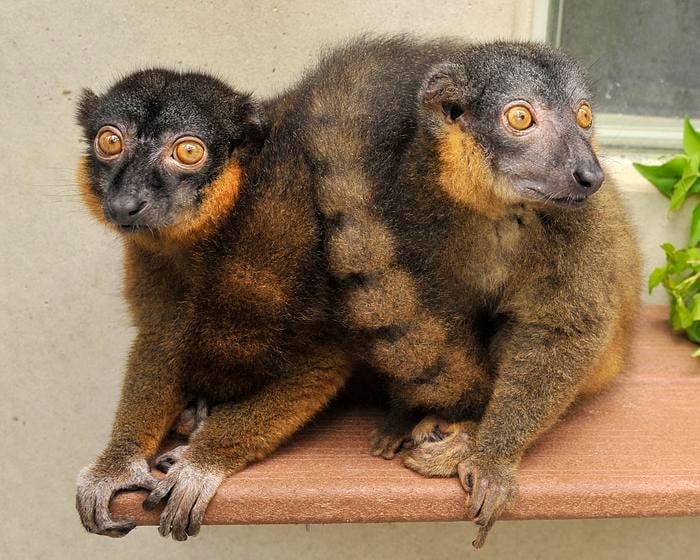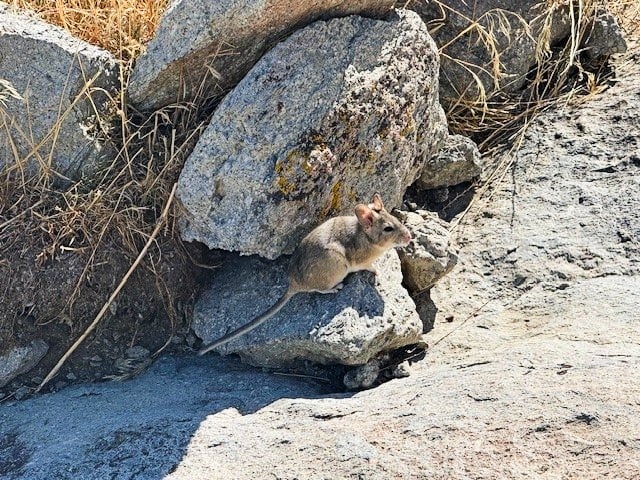Love Hormone Turns Mean Girl Lemurs Nice
Researchers have discovered why some female lemurs have abandoned their bullying ways, pointing to changes in how the “love hormone” oxytocin affects their brains. The findings could have implications for understanding aggression in other species, including humans. In most lemur societies, females reign supreme through physical intimidation. But within one branch of the lemur family … Read more






